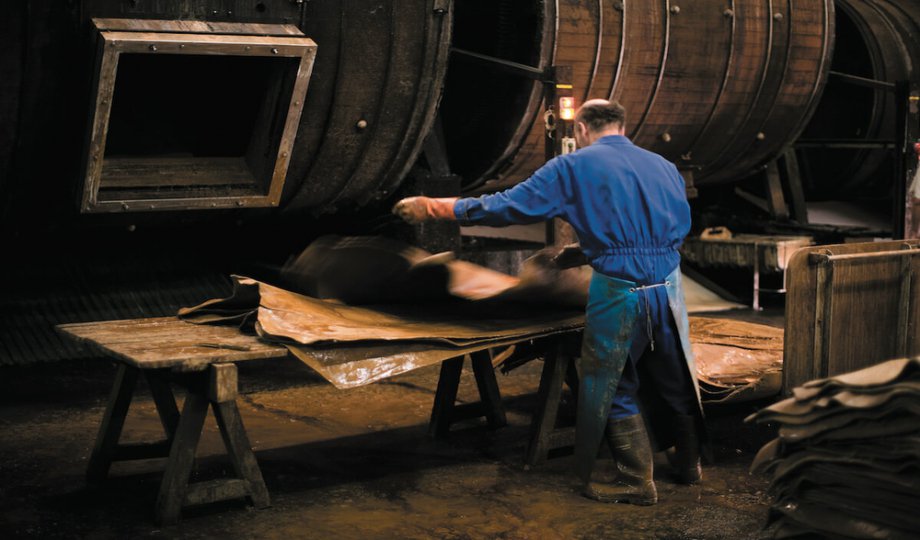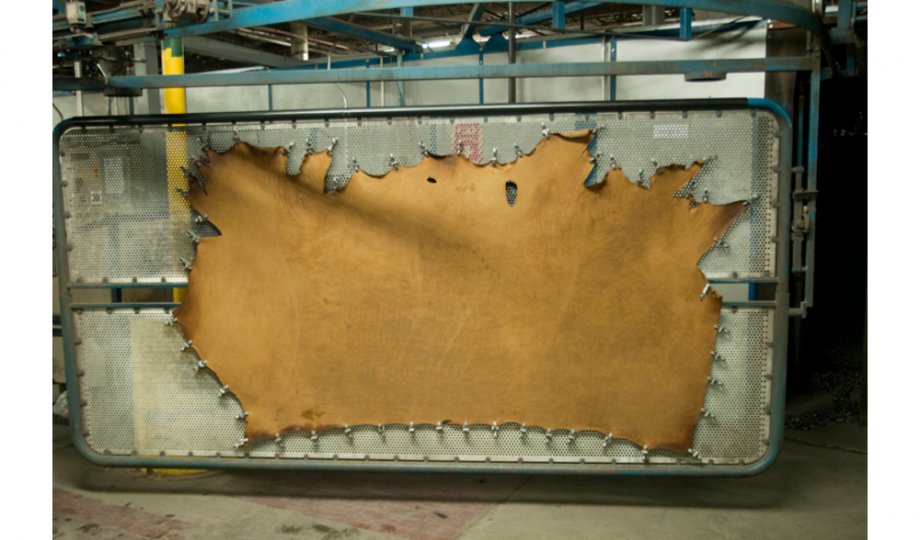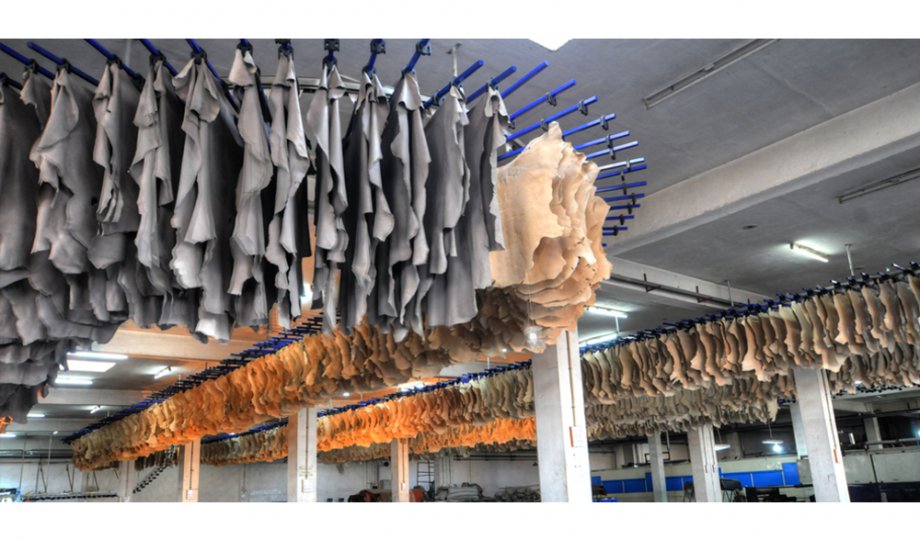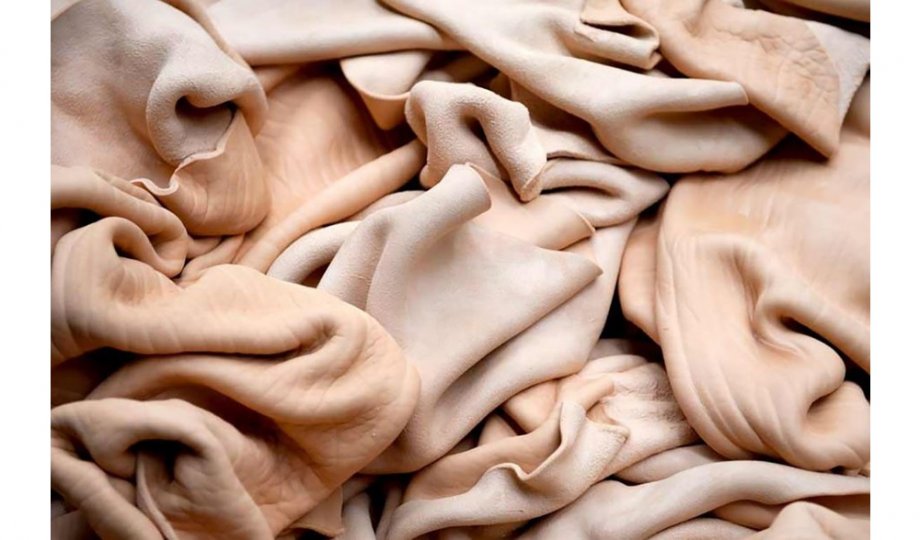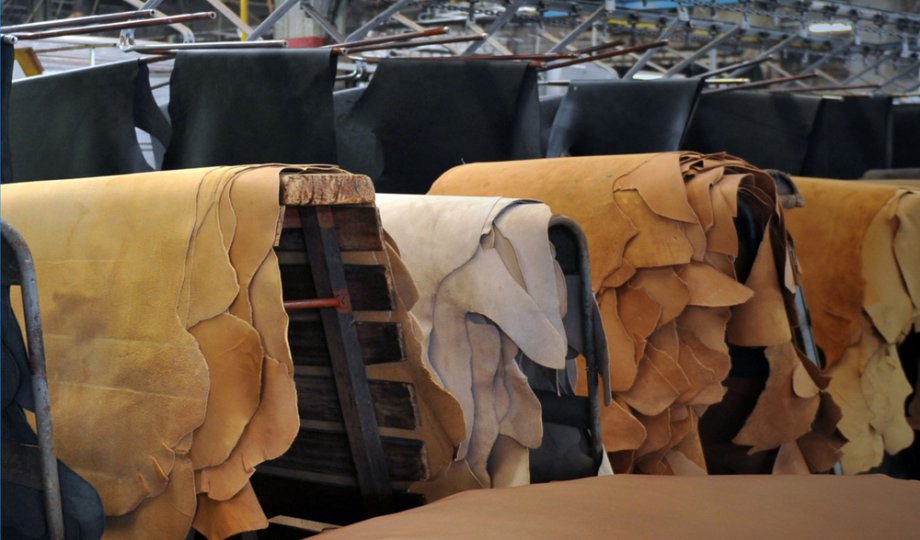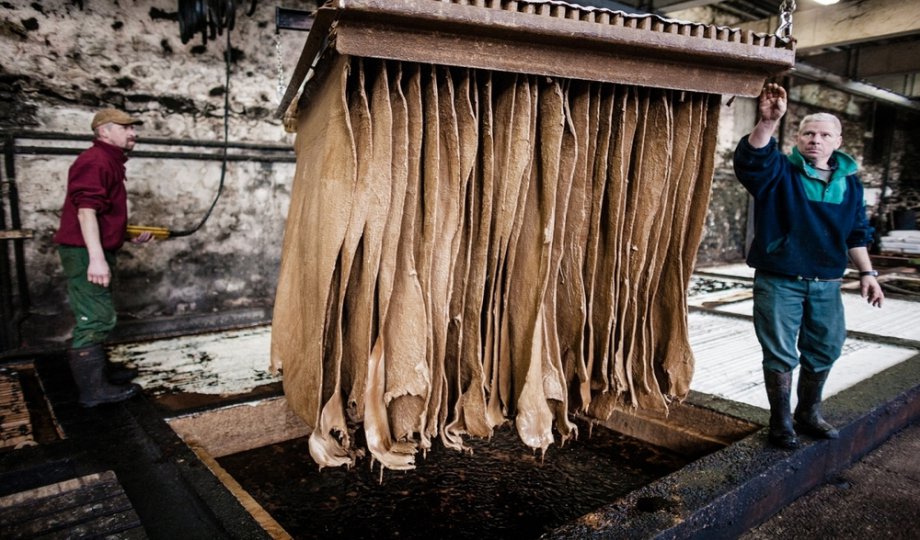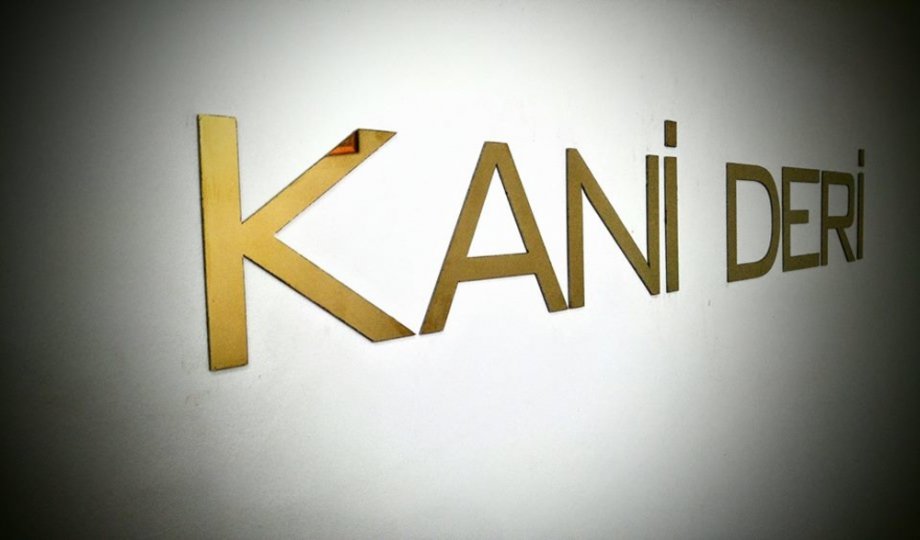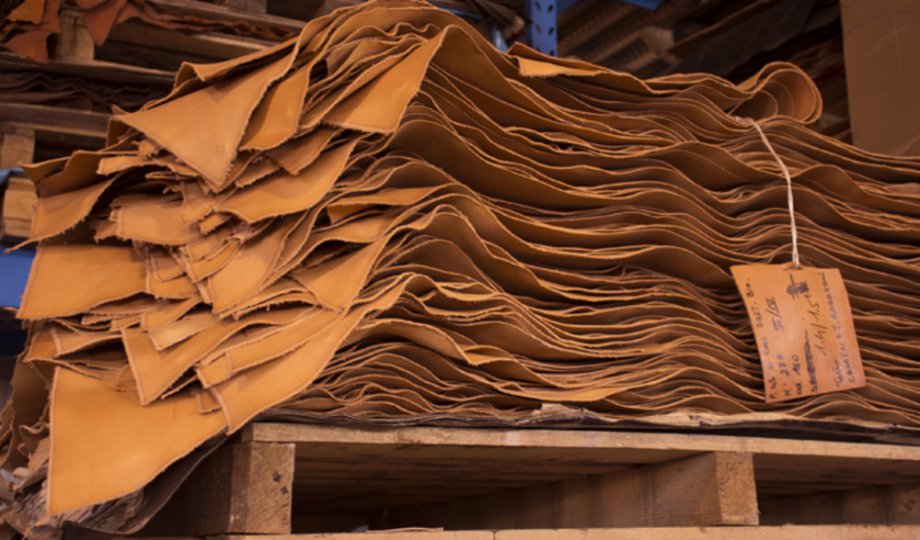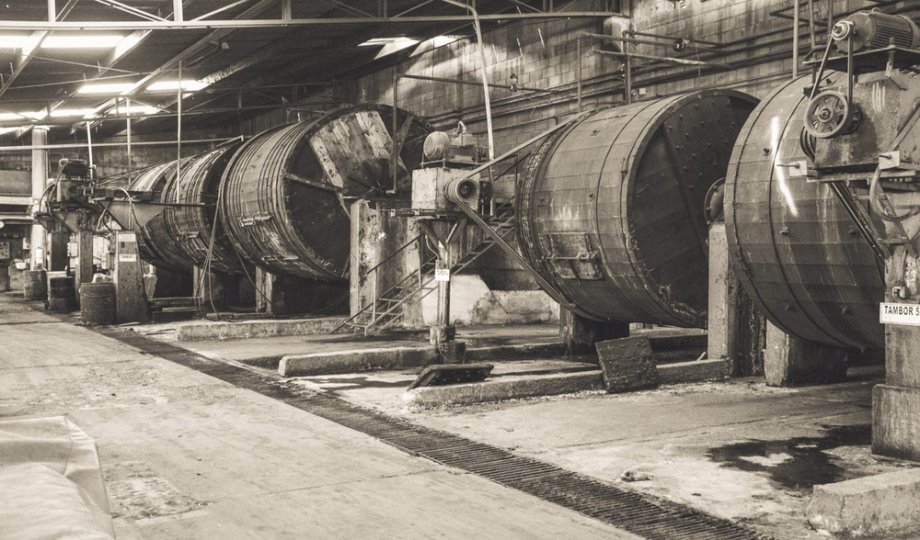What is Vegetable Tanned Leather?
Vegetable tanned leather: How is it made?
With due technical advancement, this tanning method continues to be commonly used today for the manufacture of leather hides and, not surprisingly, with its eco-friendly characteristics, it is returning to the center of focus of end consumers.
Kani Leather Tannery essentially referring to raw leather, normally bovine or sheep, when we speak about vegetable tanned leather, which has overseen a chemical transformation (called tanning), which is defined by the use of only materials that are abundant in nature, such as tree barks or flowers (called tannins).
In order to give the leather specific attributes, vegetable tanning is a natural process that understands the animal and the atmosphere and exploits the substances found in nature. In addition, without upsetting the leather and without vigorously handling it, this process takes place. Finally, we would like to emphasize that the raw hides used for tanning are a recycled material and they are derived not for their skin but for the food industry from cattle and sheep raised. This factor suggests that no animal is slaughtered for the profit of the tanning operation.
Features of vegetable tanned leather
Compared to chrome tanning, the turning of raw leather into leather to be used for footwear, shoes , bags and finishes is a slower process and is carried out by those who value this ancient and precious occupation. As already mentioned, the processing of vegetable tanned leather requires the use of tannins extracted from trees or flowers, which are capable of transmitting a warm and natural color to the skin that ages but does not deteriorate over time and makes the surface appear natural signs of leather increasing its quality. Leathers can be used in their 'natural' colour in vegetable tanning, usually beige or brown, or also dyed, but in all instances, the leather preserves its character and can be immediately distinguished from other hides. Even the hardening changes: the hardening of vegetable leather is usually more stiff and lightweight relative to chrome tanned leather, but much depends on the recipes and fatty liqueurs used. Eventually, vegetable tanned leather is especially appropriate for allergy sufferers: in fact, without the use of harmful compounds, additives or heavy metals, manufacturing is carried out.
The benefits of a vegetable tanned leather
The key benefits of vegetable tanned leather is:
The use of only organic compounds in the method of tanning;
Every skin is distinct from the other and has features of individuality and irrepetibility;
For people suffering from allergies, it is appropriate;
It has an environmental impact of virtually zero;
An unmistakable and unique smell;
For the most diverse methods, it is conveniently customizable: engravings, prints, colors etc.
It achieves high thicknesses, up to 6 millimeters, which can not be achieved by other tanners;
The skin does not age, but strengthens over time; better tolerance and durability;
It is “Environmentally friendly-sustainable”

